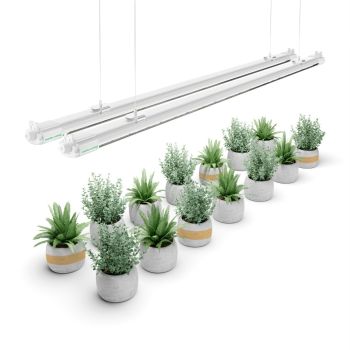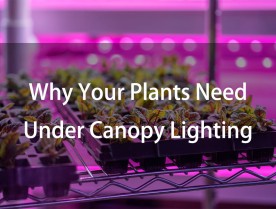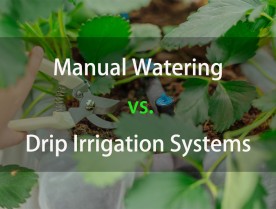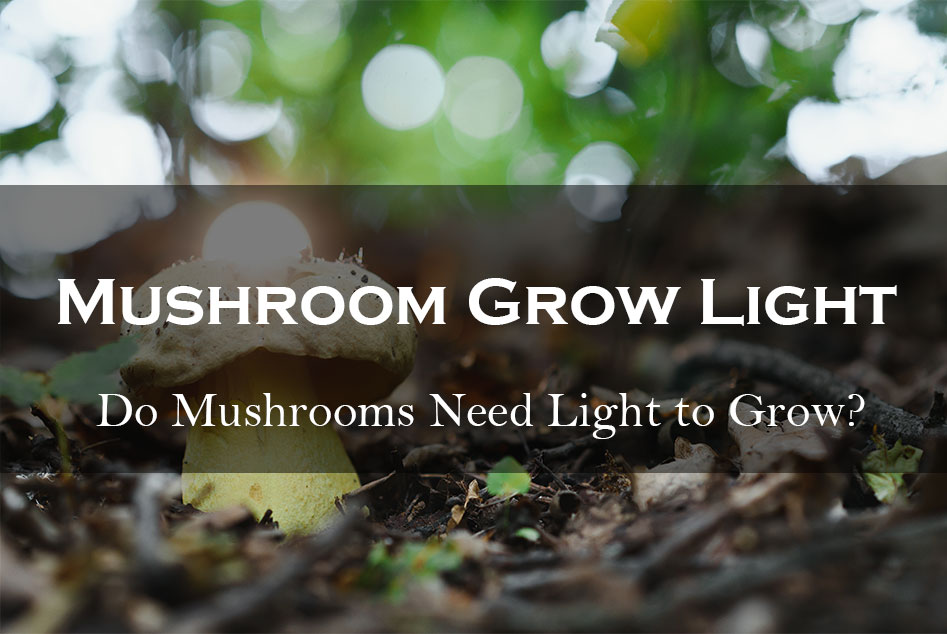
Mushrooms, a fascinating and diverse kingdom of organisms, often conjure images of damp, dark forests. This association leads to a common question among mushroom cultivators and enthusiasts: Do mushrooms need light to grow? Unlike plants, mushrooms do not rely on photosynthesis, but light still plays a unique role in their growth cycle. This blog delves into the nuances of light's role in mushroom growth, comparing natural and artificial lighting, and guides you on choosing the best grow light for your mushroom cultivation.
The Role of Light in Mushroom Growth
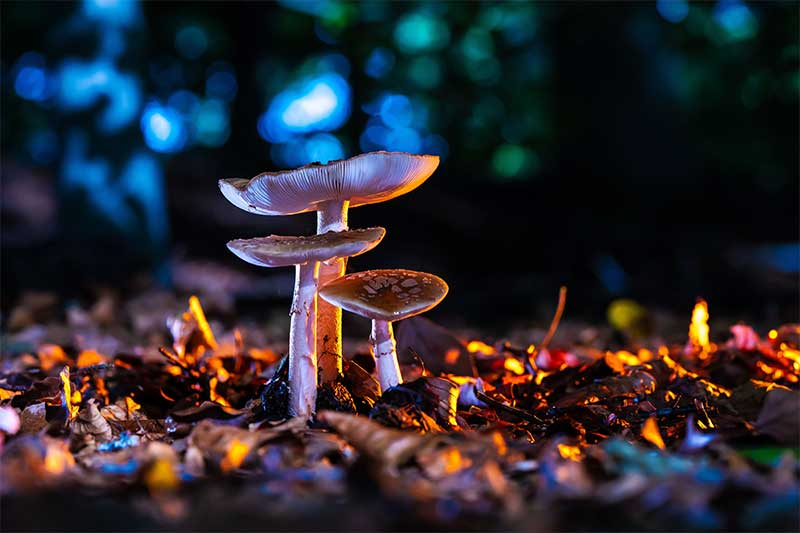
Mushrooms belong to the fungi kingdom, a unique and complex biological classification that sets them apart from plants. One of the key differences lies in their nutritional processes. Unlike plants, mushrooms lack chlorophyll, the green pigment essential for photosynthesis – the process by which plants convert light energy into chemical energy. Consequently, mushrooms do not depend on light for their nutritional needs. Instead, they absorb nutrients from their surrounding environment, often decomposing organic matter.
Despite their non-photosynthetic nature, light plays a surprisingly significant and nuanced role in mushroom development. It's not about providing energy but about signaling. For many mushroom species, exposure to light is a critical environmental cue that triggers the development of fruiting bodies. These fruiting bodies are what we commonly identify as mushrooms, the reproductive structure through which the fungus disperses its spores.
The impact of light on mushrooms is multifaceted and varies across different species. Here are some key aspects influenced by light:
1. Direction of Growth: In some mushrooms, light can influence the direction in which the fruiting bodies grow. This phenomenon, known as phototropism, involves the mushroom growing towards a light source. While not as pronounced as in plants, this directional growth helps the mushroom expose its spore-bearing surfaces optimally for spore dispersal.
2. Size and Morphology: The quality and quantity of light can affect the physical characteristics of the mushroom. For instance, certain species may develop larger or more robust fruiting bodies when exposed to the right type of light.
3. Timing of Fruiting: Light can also play a role in determining when a mushroom will start to develop its fruiting bodies. Some species require a specific light cycle to initiate this phase of their life cycle.
Understanding these aspects is crucial for mushroom cultivators. It enables them to manipulate light conditions to optimize growth and yield. By controlling factors like light intensity, duration, and spectrum, growers can influence when and how mushrooms develop, leading to more efficient and successful cultivation.
Natural Light vs. Artificial Light in Mushroom Growing
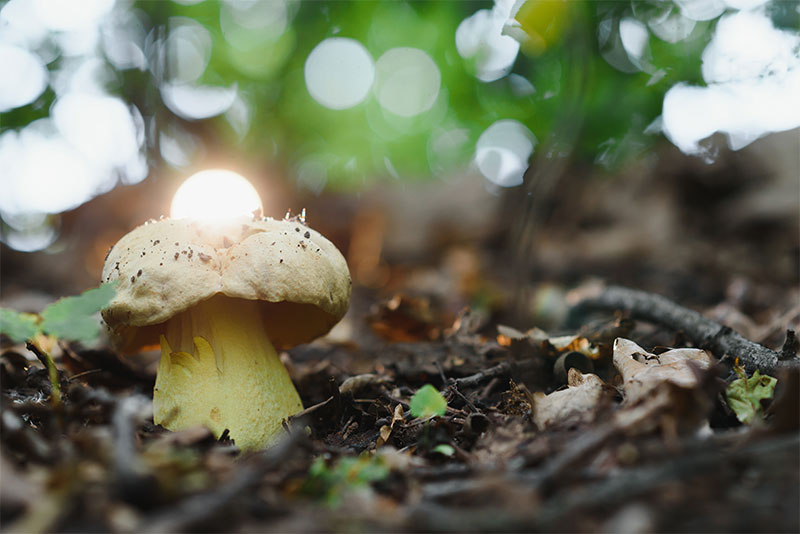
Mushrooms, as fascinating organisms, have specific environmental needs for optimal growth, especially when cultivated indoors. They require conditions that closely resemble their natural habitats, which typically involves a careful balance of light exposure. Unlike plants that rely heavily on direct sunlight for photosynthesis, mushrooms do not require direct sunlight. In fact, excessive exposure to direct sunlight or full sun can be detrimental to their development.
The ideal lighting condition for mushrooms is often described as mimicking natural daylight. This means providing a source of light that replicates the gentle, diffused illumination found in their natural environments, such as the dappled light in a forest. Indirect sunlight, which is sunlight that has been filtered through a medium like curtains or foliage, is often suitable and can provide the subtle cues that mushrooms need for proper growth.
Indoor mushroom cultivation presents its own set of challenges, particularly when it comes to providing consistent and appropriate lighting. This is where LED grow lights come into play, marking a significant advancement in indoor cultivation technology.
These LED lights are at the forefront of this revolution, offering meticulously controlled light spectrums, remarkable energy efficiency, and long-lasting durability. They are specifically engineered to emit wavelengths that replicate the natural daylight conditions, which is crucial because mushrooms flourish under light conditions that closely resemble their natural environment.
One of the standout benefits of LED technology is its energy efficiency. These lights produce minimal heat, which is crucial in avoiding any heat stress that could adversely affect mushroom growth. Furthermore, their longevity makes them a cost-effective solution for long-term cultivation projects.
The ability to customize light intensity and duration with LED grow lights is particularly beneficial for mushrooms. These organisms require a finely tuned light cycle to grow optimally, and LED lights provide the precision needed for this regulation. This advancement in artificial lighting technology is key to ensuring consistent and suitable lighting conditions for indoor mushroom cultivation, regardless of the availability of natural light.
Within this context, the Mars Hydro VG40 and VG80 specialized grow lights emerge as standout solutions. They are specifically designed to meet the unique needs of mushroom growers, offering advanced features such as a targeted light spectrum, energy efficiency, and adjustable settings for intensity and duration. These specialized lights are pivotal in creating conditions that mimic the natural environment required for optimal mushroom growth, thus catering to both the challenges and demands of indoor mushroom cultivation.
Specialized Mushroom Grow Lights: Mars Hydro VG40/VG80
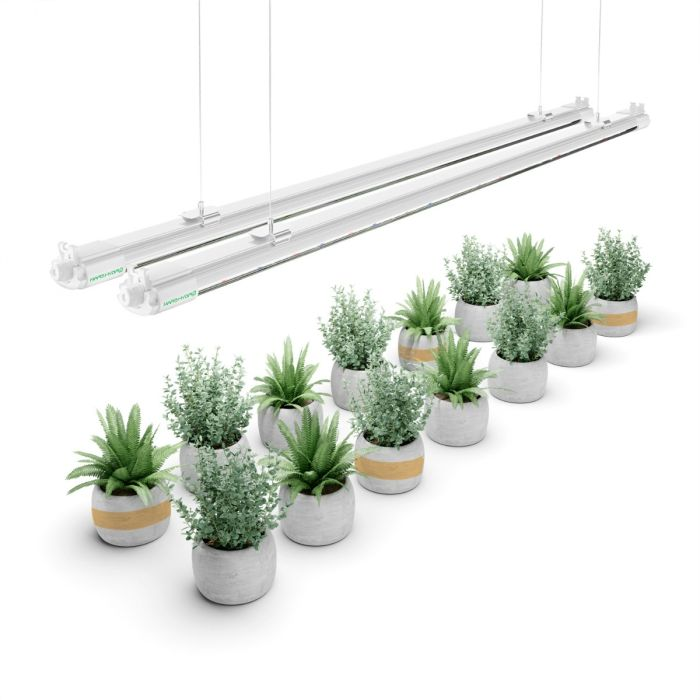
In the intricate world of mushroom cultivation, the role of lighting is paramount. But what is the best light for mushroom growing? The Mars Hydro VG40 and VG80 LED grow lights have been specifically designed to meet the unique requirements of this niche. These lights not only provide the optimal spectrum and intensity for mushroom growth but also incorporate energy-efficient LED technology, crucial for long-term cultivation.
Specialized Light Spectrum for Mushroom Growth
Mushrooms thrive under a specific light spectrum, notably the blue light at the 400-500 nanometer wavelength range. This is where the Mars Hydro VG40 and VG80 excel. They emit light within this spectrum, particularly beneficial during the crucial fruiting stage when mushrooms develop spores. This mimicry of natural daylight is vital as mushrooms grow best under conditions that closely resemble natural sunlight.
Energy Efficiency of LED Lamps
These Mars Hydro grow lights capitalize on the energy-efficient nature of LED technology. They provide the necessary light intensity for growing various mushroom species, from shiitake to magic mushrooms, without excessive power consumption. This efficiency is particularly important as it minimizes heat production — too much heat can be detrimental to mushroom growth.
Adjustable Light Intensity and Duration
Mushrooms require a unique approach to lighting compared to typical plants. Most mushroom varieties need only minimal light, primarily to trigger the fruiting process. Both the VG40 and VG80 offer adjustable settings for light intensity and duration, allowing growers to provide just enough light to support mushroom growth without overexposure. This flexibility is crucial for maintaining the right balance of light for extended periods.
Designed for Mushroom Growing at Various Stages
From the initial mycelium stage to the full development of fruiting bodies, these Mars Hydro lights are versatile tools in a mushroom grower's arsenal. They cater to different growth stages, ensuring proper lighting throughout the cultivation process.
Mars Hydro VG40: Compact and Ideal for Small Scale
The VG40 is a more compact model, perfect for small-scale growers or beginners. Its design is suitable for small grow kits or fruiting chambers, focusing on smaller setups and personal or experimental grows.
Mars Hydro VG80: Suitable for Larger Operations
In contrast, the VG80 is designed for larger scale operations. It covers a broader area, making it ideal for commercial cultivation where uniform lighting across a larger space is crucial.
In summary, the Mars Hydro VG40 and VG80 are revolutionary in the realm of mushroom cultivation, providing specialized spectrum light, energy efficiency, and the ability to adjust light intensity and duration. Whether it's indirect sunlight, direct sunlight, or artificial light, these grow lights ensure that mushrooms receive enough light in a controlled environment, replicating the natural conditions needed for optimal growth. Their ability to cater to various mushroom species and growth stages, from fruiting bodies to full sun exposure, makes them suitable for both small-scale and commercial mushroom growing operations.
Conclusion
Embrace the journey of mushroom grow with the Mars Hydro, and watch as they illuminate the path to a flourishing and abundant harvest of mushrooms. Remember, in mushroom cultivation, lighting is not just about providing enough light; it's about creating the optimal environment for each unique mushroom species to thrive.



